Make sure to join my list for Weekly Tips and Recipes to Your Inbox
14 Full Sun Perennials: Low Maintenance Plants That Thrive in Sun
When I started playing around with light indoor plants that thrive in near darkness, I didn’t expect to fall in love with gardening so fast. But here’s the thing: once I had a few leafy green friends doing well in dim corners of my living room, I realized I wanted more, a real backyard garden.
That’s when I turned my attention to something totally new for me: full sun perennials. My backyard gets intense afternoon sun, and I needed plants that could handle the heat without demanding constant care. The idea of a low-maintenance space sounded amazing, but I had no clue where to start.
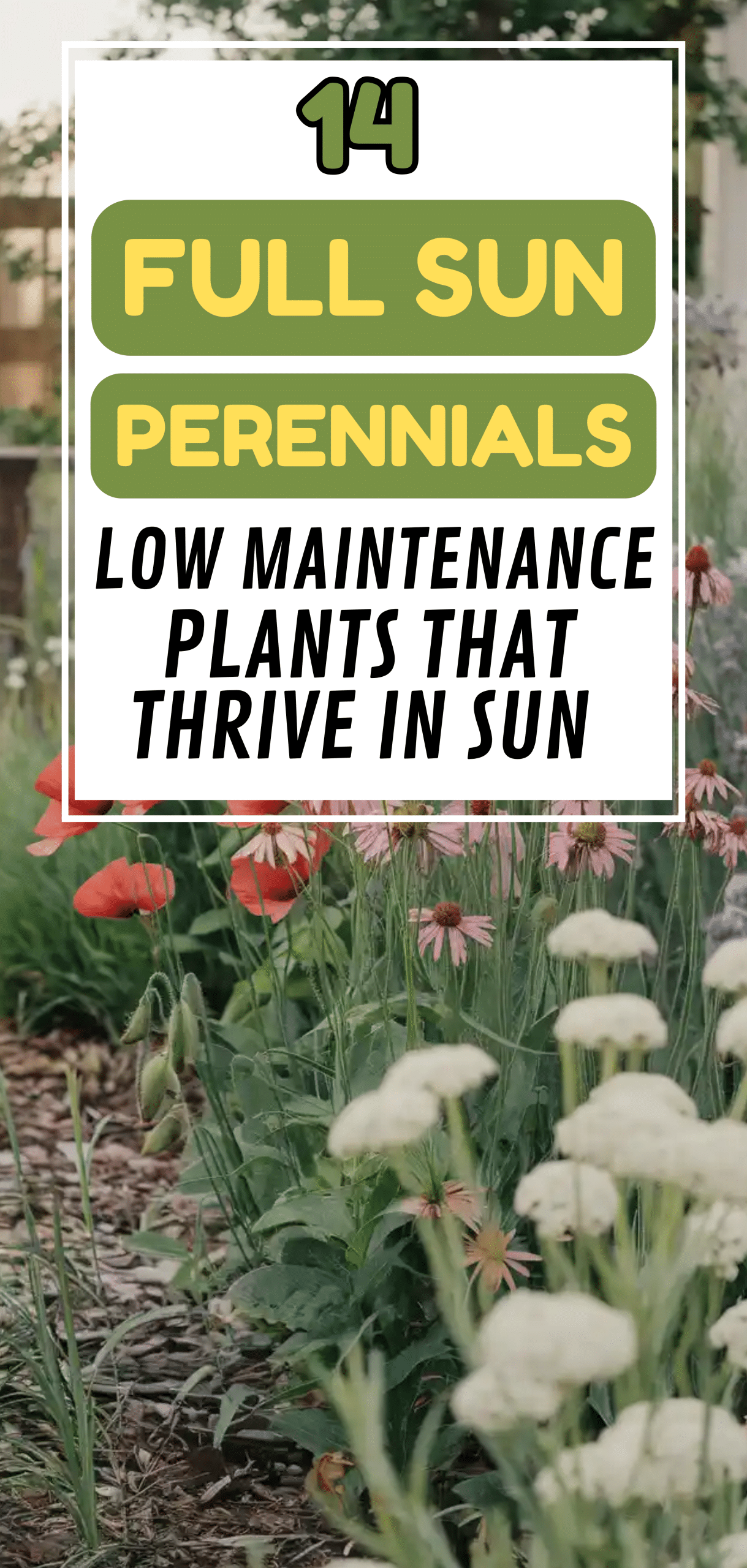
As a novice gardener, I knew I needed tough plants that wouldn’t get scorched or eaten to bits by rabbits or the occasional curious dog. After a little research (and a lot of trial and error), I discovered a whole world of sun perennials that thrive with very little chaos, think black-eyed Susans, purple coneflowers, and coreopsis.
These plants are seriously resilient, put out loads of flowers, and come back stronger each year. The best part? I could mix them with evergreen shrubs to have year-round interest while letting my garden grow into itself over time. Even in late summer or early fall, many of these perennials can still be planted and will quietly settle in before winter.
Now, instead of a blank patch of soil and confusion, I have a growing bed filled with bright blooms and fluttering pollinators. If you’re looking to make the jump from houseplants to a sun-soaked garden, full sun perennials are your best friend.
They’re tough, beautiful, and require less effort than you’d think, perfect for anyone who wants a low-stress entry into outdoor gardening. Start with just a few varieties you love, and let your house bloom from there.
14. Coneflower (Echinacea purpurea)
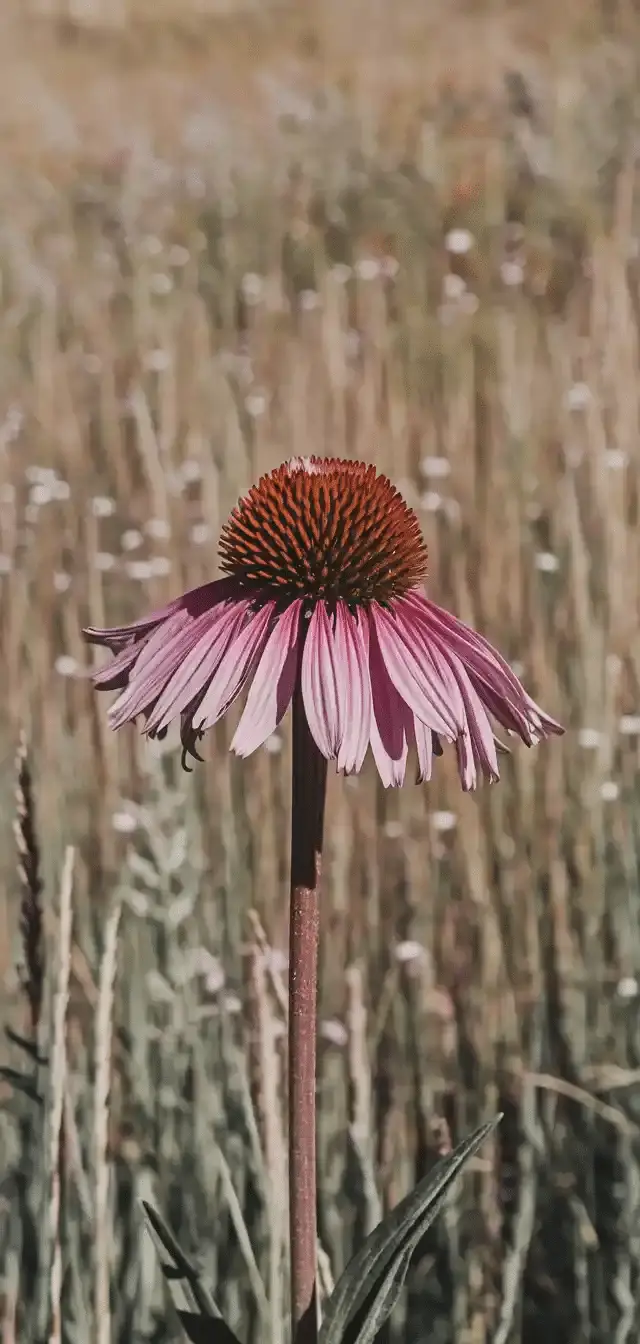
Key Features:
- Hardy, drought-tolerant, native to North America
- Long bloom period: summer through early fall
- Pollinator magnet (especially bees and butterflies)
Care Tips For Sun Perennials:
- Plant in well-drained soil; prefers slightly acidic to neutral pH
- Deadhead to prolong blooming or allow seeds to feed birds
- Cut back in late fall for tidy beds
13. Black-Eyed Susan (Rudbeckia fulgida)
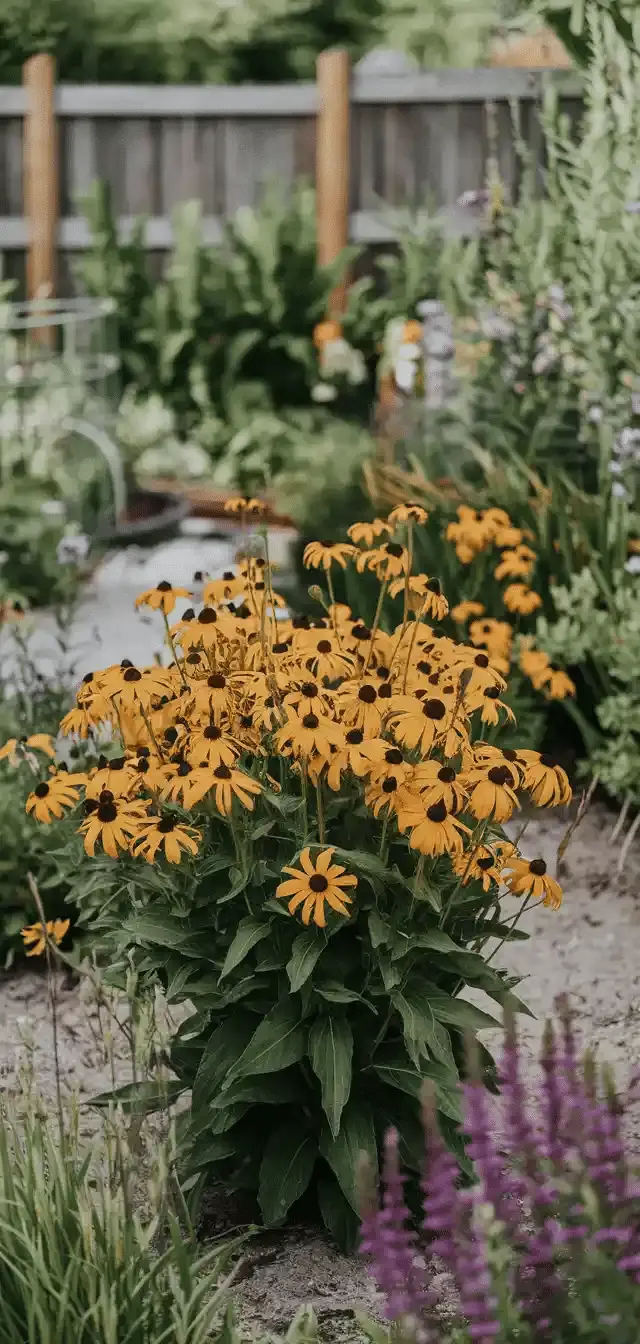
Key Features:
- Bright yellow petals with dark brown centers
- Blooms mid-to-late summer through early fall
- Thrives in heat and poor soils
Care Tips For Sun Perennials:
- Water regularly in the first season, then reduce
- Self-seeds moderately, remove faded blooms to control spread
- Pairs well with ornamental grasses and echinacea
12. Yarrow (Achillea millefolium)
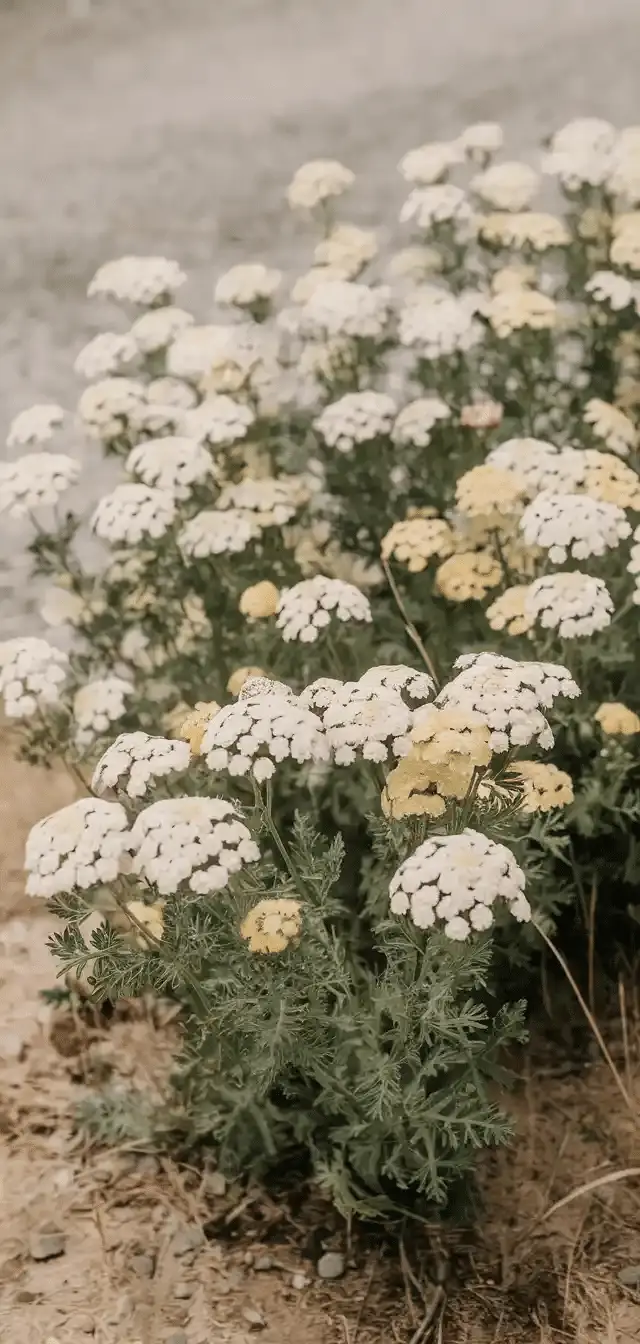
Key Features:
- Flat-topped flower clusters in red, yellow, pink, or white
- Fern-like foliage; aromatic and deer-resistant
- Excellent for cutting and drying
Care Tips For Sun Perennials:
- Tolerates drought and sandy soils
- Avoid rich soil to prevent leggy growth
- Divide every 3 years to rejuvenate
11. Russian Sage (Perovskia atriplicifolia)
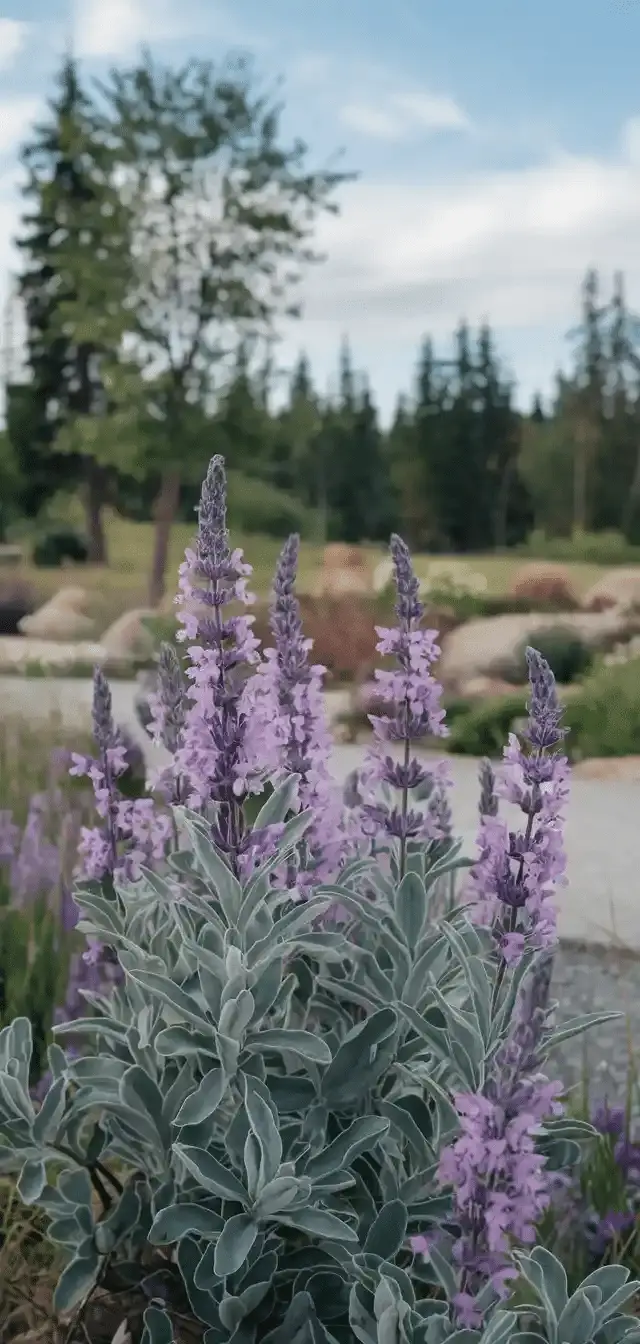
Key Features:
- Silvery, aromatic foliage with tall lavender-blue spikes
- Blooms midsummer into fall
- Adds structure to perennial borders
Care Tips For Sun Perennials:
- Requires full sun and well-draining soil
- Cut back to 6–8 inches in early spring
- Do not over-fertilize, promotes weak growth
10. Blanket Flower (Gaillardia x grandiflora)
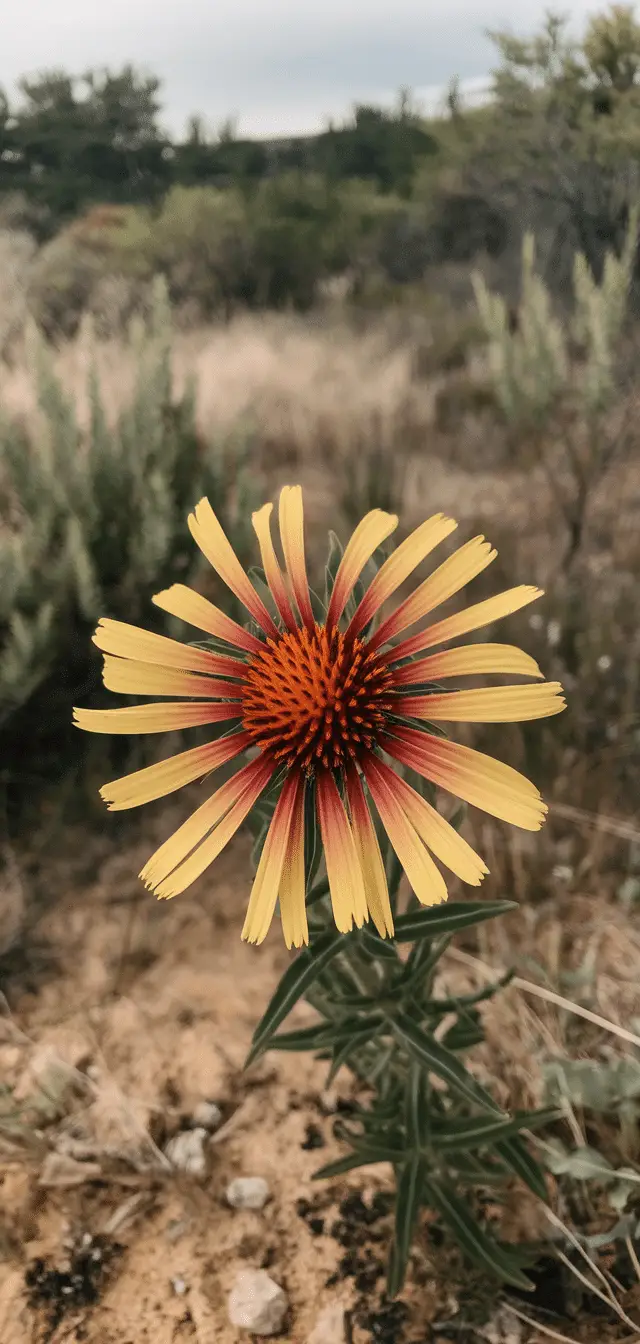
Key Features:
- Bold red, orange, and yellow daisy-like blooms
- Long blooming, summer to frost
- Attracts butterflies and bees
Care Tips For Sun Perennials:
- Excellent for dry, sandy soils
- Remove spent flowers to encourage repeat blooms
- Divide every 2–3 years
9. Sedum ‘Autumn Joy’ (Hylotelephium spectabile)
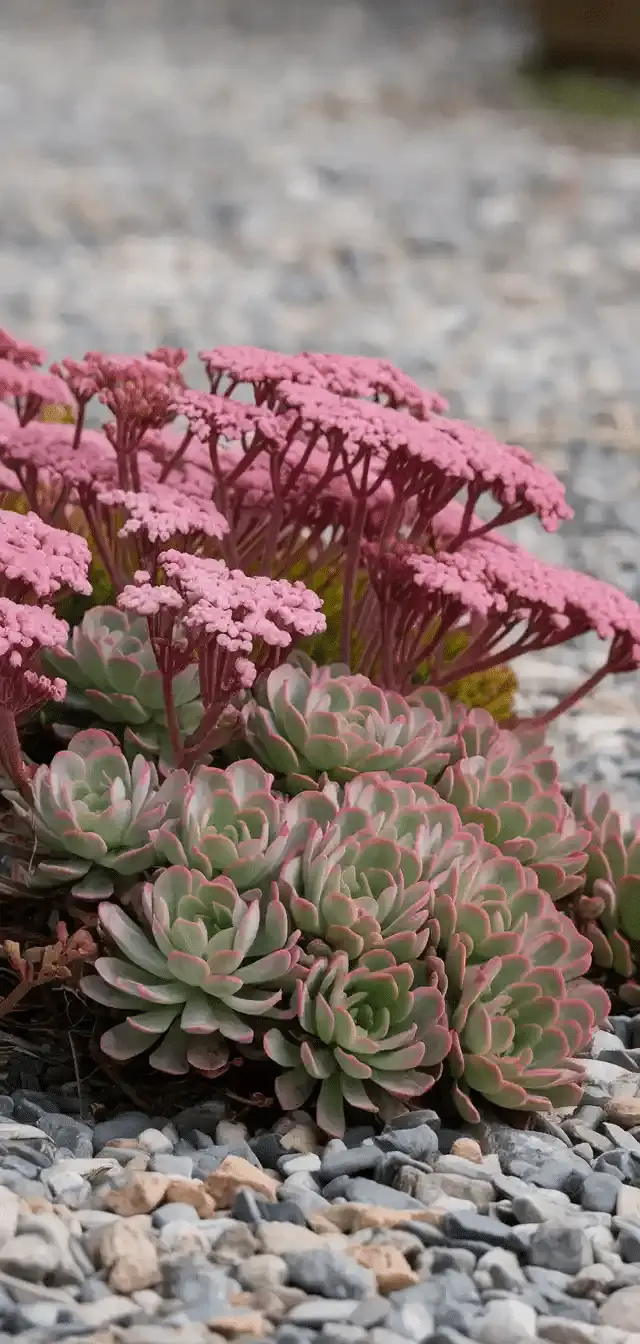
Key Features:
- Succulent, upright stems with large pink flower heads
- Color deepens to rust in fall
- Drought-tolerant and low-maintenance
Care Tips For Sun Perennials:
- Full sun is required for a compact habit
- Cut stems down after frost
- Does well in containers and rock gardens
8. Shasta Daisy (Leucanthemum × superbum)
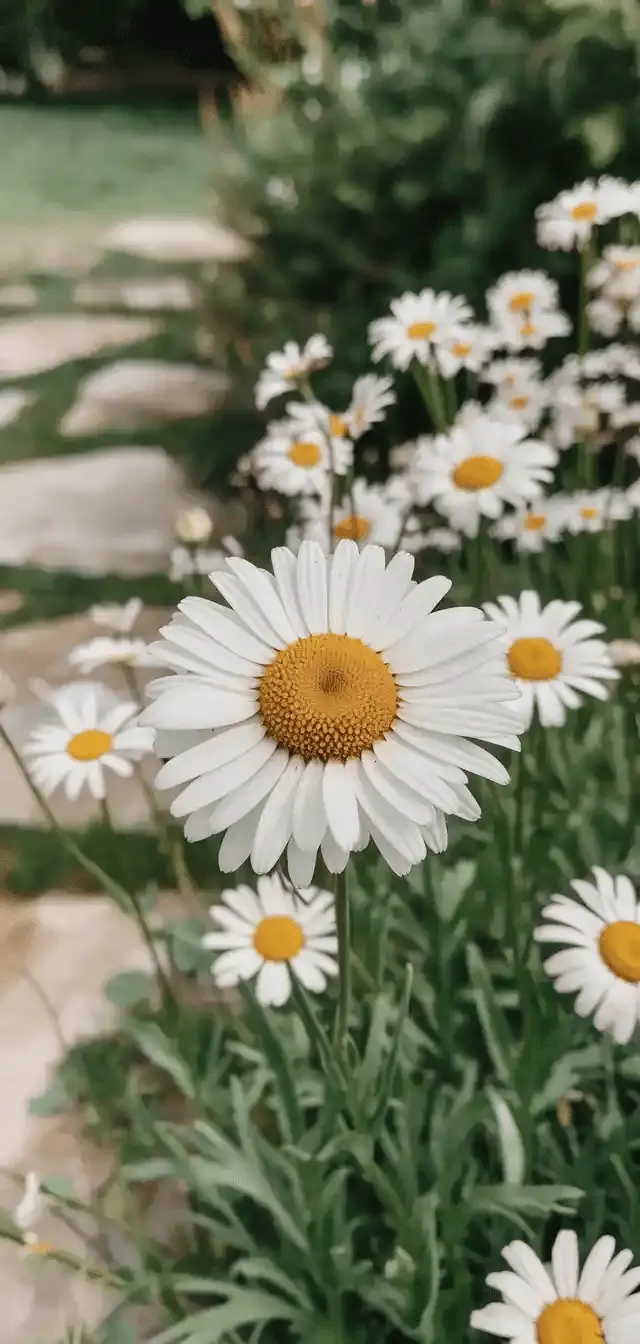
Key Features:
- Classic white petals with yellow centers
- Blooms from early summer to fall
- Great for borders and cutting gardens
Care Tips For Sun Perennials:
- Requires regular deadheading for bloom continuity
- Avoid overly wet soils to prevent crown rot
- Divide clumps every 3 years
7. Salvia (Salvia nemorosa)

Key Features:
- Spiky purple, pink, or white flowers
- Deer and rabbit resistant
- Loved by hummingbirds and bees
Care Tips For Sun Perennials:
- Cut back after the first bloom to encourage a second flush
- Full sun and good drainage are essential
- Use as a vertical accent in borders
6. Coreopsis (Coreopsis verticillata)
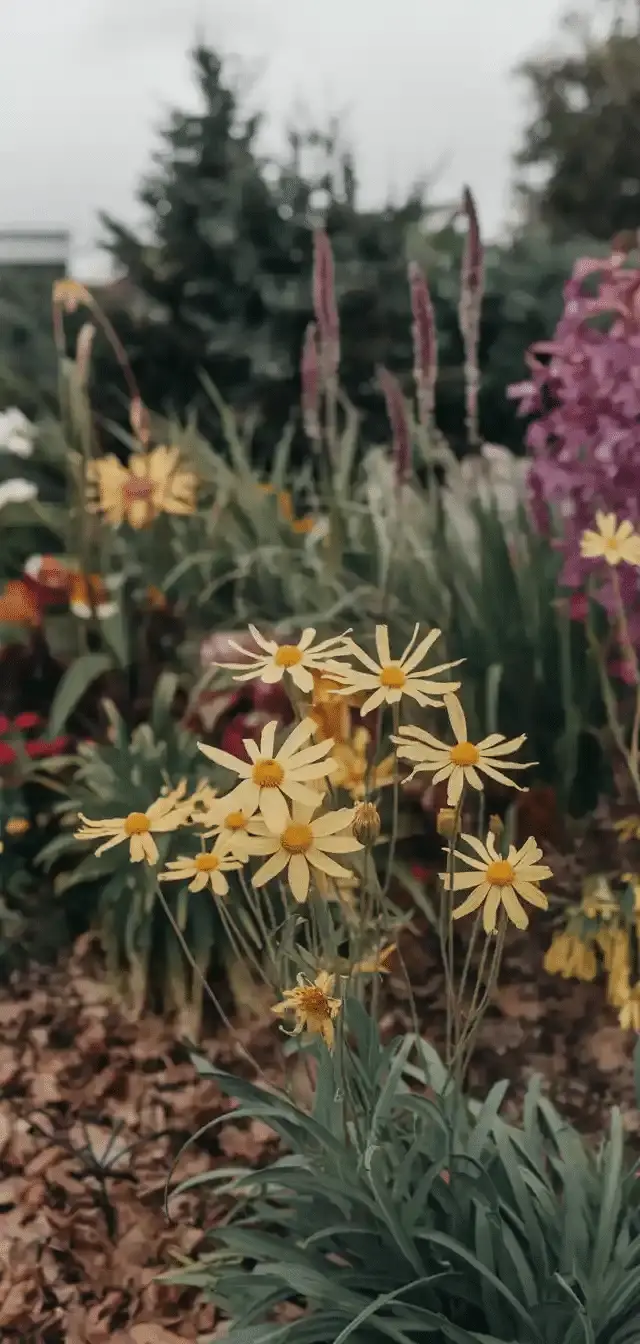
Key Features:
- Fine, airy foliage with daisy-like blooms
- Available in yellow, red, or bi-color varieties
- Excellent for mass plantings
Care Tips:
- Tolerates drought and neglect once established
- Deadhead regularly or shear to rejuvenate
- Divide in early spring or fall
5. Catmint (Nepeta faassenii)
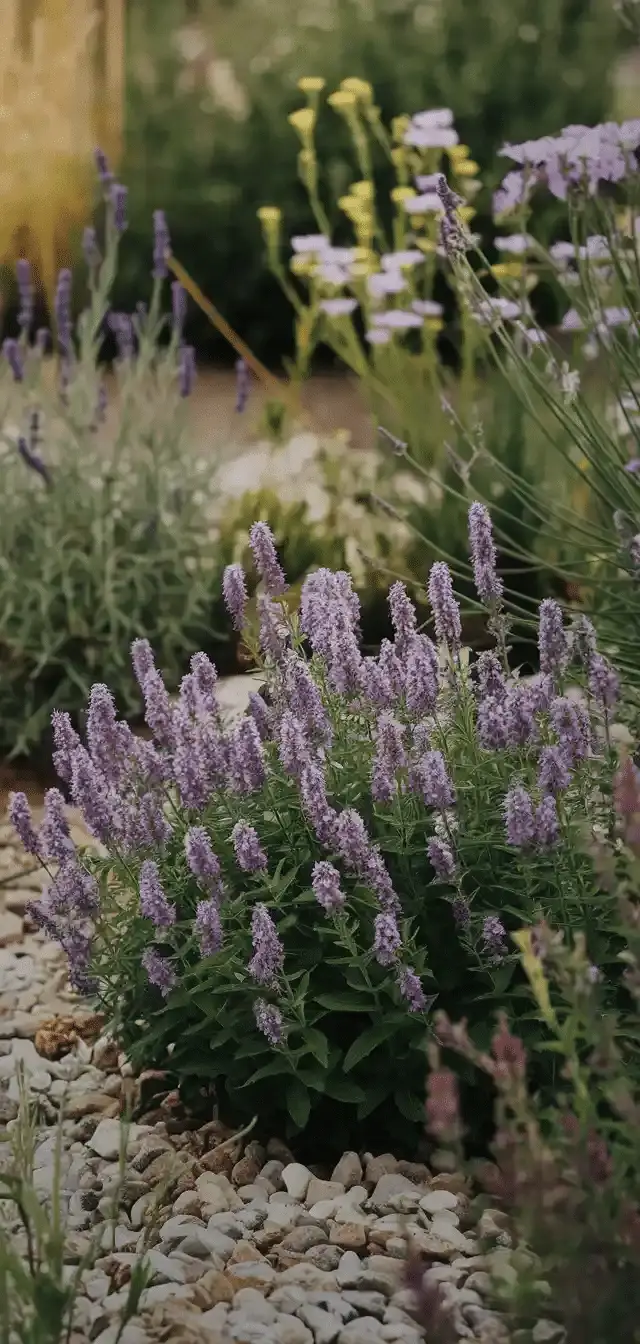
Key Features:
- Soft blue flowers and fragrant gray-green foliage
- Long bloom period and robust growth
- Resistant to deer and rabbits
Care Tips:
- Thrives in dry soils and full sun
- Cut back halfway after first bloom
- Ideal for edging pathways and herbaceous borders
4. Daylilies (Hemerocallis)
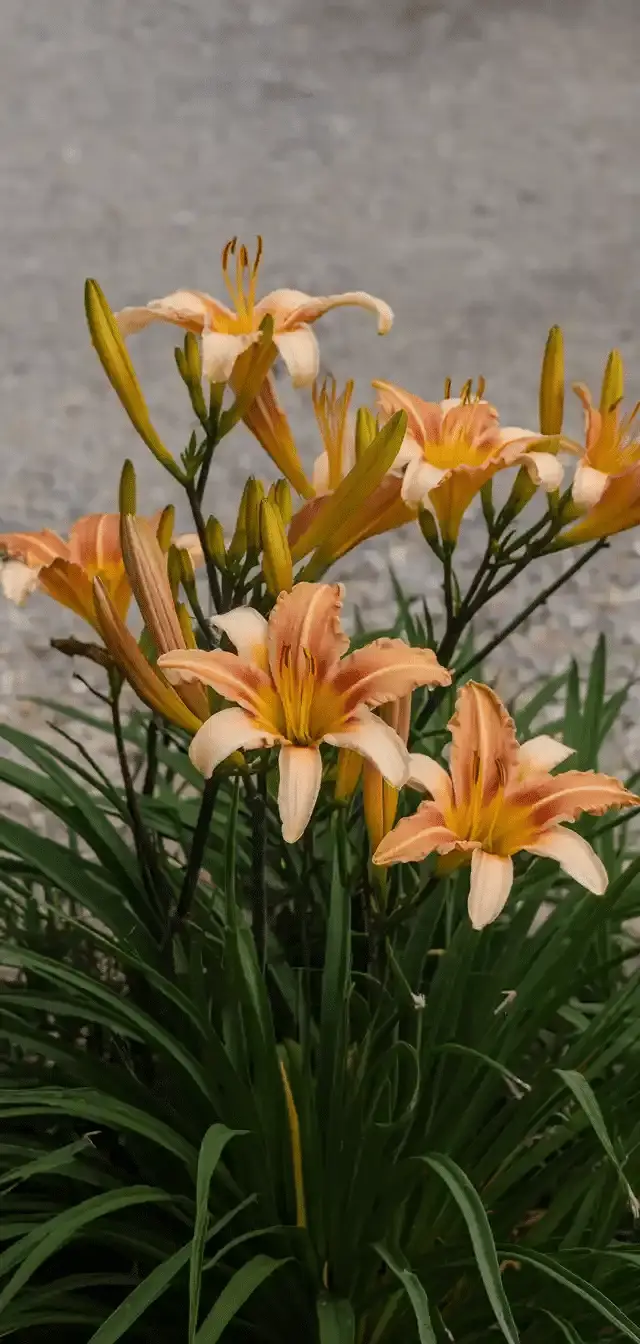
Key Features:
- Trumpet-shaped flowers in endless color variations
- Bloom in waves from early to late summer
- Extremely hardy and adaptable
Care Tips:
- Grow in well-drained soil enriched with compost
- Remove spent flowers for tidiness
- Divide clumps every 4–5 years
3. Bee Balm (Monarda didyma)
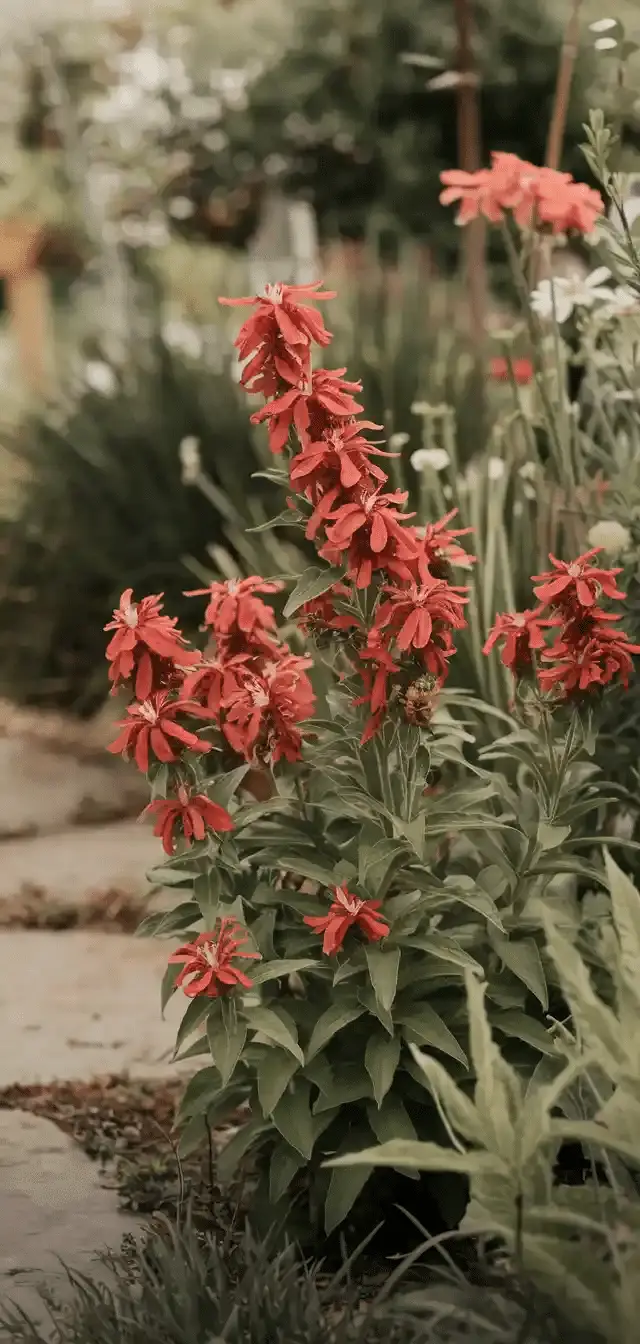
Key Features:
- Vivid tubular flowers in red, pink, or purple
- Attracts hummingbirds, bees, and butterflies
- Aromatic foliage
Care Tips:
- Space plants for airflow to prevent powdery mildew
- Cut back to 6 inches after bloom
- Prefers rich soil but tolerates lean sites
2. Penstemon (Penstemon digitalis)

Key Features:
- Upright spikes with tubular flowers
- Blooms late spring to early summer
- Pollinator-friendly and native in many regions
Care Tips:
- Avoid overly wet soil, prefers well-drained loam
- Remove spent stems for continued performance
- Combine with grasses or yarrow for prairie-style beds
1. Butterfly Weed (Asclepias tuberosa)
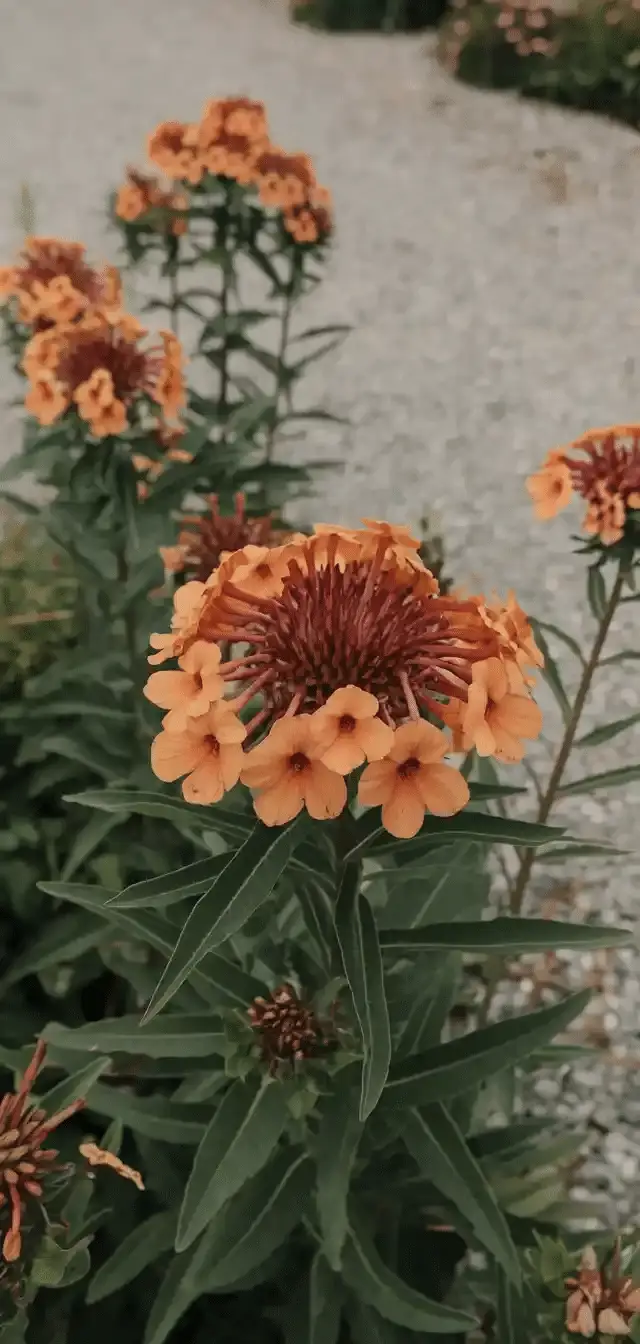
Key Features:
- Bright orange blooms with narrow leaves
- The host plant for monarch caterpillars
- Thrives in dry, infertile soil
Care Tips:
- Do not transplant mature plants, they dislike root disturbance
- Prune old growth in spring
- Slow to emerge; mark its location
Conclusion
In full sun conditions, these perennials excel with minimal input and high return in color, biodiversity, and seasonal performance. By integrating a mix of bloom times, heights, and textures, we create a resilient, low-maintenance landscape that flourishes in direct sunlight. Select and plant with confidence, each species above brings enduring beauty and ecological benefit.





